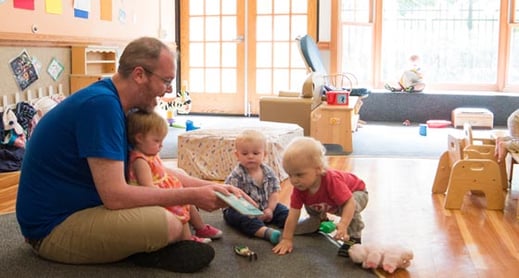
When training on the Infant and Toddler CLASS, the importance of cue detection can’t be stressed enough to your participants. Infants and toddlers depend on a sensitive and responsive adult to recognize the messages or cues that they are sending. These "bids for attention" are the way then that children communicate, essentially asking adults to respond in a way that meets each child’s individual needs. And whether we are coding or caregiving, starting with cues is the way to go!
Why is detecting “cues” so important?
Infants depend on adults for physiological balance; they are "other-regulated." They need adults to soothe, to engage, to assist, and to help the infant learn how to communicate to have these needs met. The responses infants receive to their overt and more subtle messages lay the foundation for all development; their conception of how the world works happens as they grow.
Toddlers depend on adults to understand their attempts to become more independent—doing things for themselves, communicating with language, exploring and putting experiences together to form a better understanding for self-regulation and increasing social interaction and cognition.
So, it’s important that observers stay tuned-in to these cues as they drive the context for the response the adult provides. To do this, we want to train participants to watch the child: what are they communicating through actions, words, and sounds? These bids for attention are where you start. Then look to the adult: in that same moment, how do they respond? Did this response meet that child’s need? Perhaps it’s a hug in a moment of stress, a returned smile, a diaper change, a snack, or simply imitating a sound. Look again to the child—what was the response? Was the need met?
How can I train my participants to detect cues?
One terrific strategy we CLASS Specialists use while training is to have participants watch part of a video or an entire exemplar video with the sound muted. We ask participants to focus on the child and try to guess what that child is communicating—then we ask participants to watch again, this time with the sound on. We then reflect on what the adult did and whether that action matched the cue the child sent.
Share some of your strategies for training observers and teachers to focus on cues!

